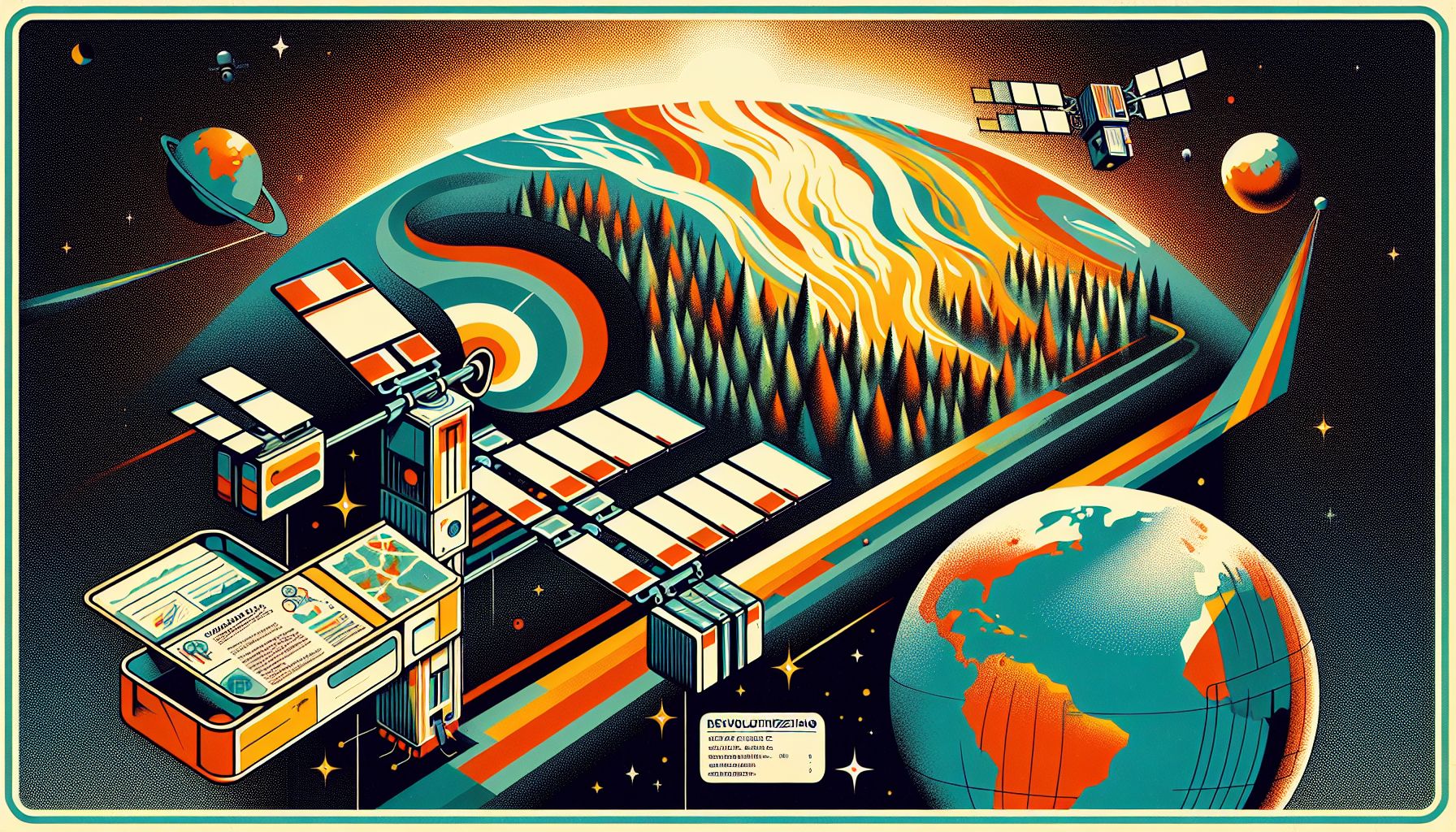Mini-Satellites Set to Revolutionize Wildfire Detection

The Hague, Sunday, 18 August 2024.
A groundbreaking mini-satellite technology promises to detect wildfires 500 times faster than current methods. These CubeSats, as small as shoeboxes, use AI to compress and analyze images, potentially saving lives and minimizing damage by significantly improving response times to forest fires.
The Technology Behind CubeSats
The CubeSats, developed by the University of South Australia and funded by SmartSat CRC, are small satellites designed to detect wildfires with astonishing speed. AI technology onboard processes images in real-time, compressing them up to 16% of their original size before transmission, thus reducing energy consumption by 69%[1]. These satellites, weighing only 30 kilograms and about the size of a shoebox, are particularly cost-effective due to their compact size and weight, making them an ideal choice for rapid deployment[1].
Real-Time Data and Its Impact
While the information isn’t entirely real-time, with a potential delay of up to six hours between image capture and reception, the rapid detection capabilities of CubeSats still represent a significant improvement over ground-based methods[1]. This delay is primarily due to the CubeSats’ limited energy and storage capacities. However, the early warning provided by these satellites can be crucial, especially in preventing the spread of wildfires, which have become increasingly intense in recent years[1].
Global Implications and Current Applications
The implementation of CubeSats has global implications for wildfire management. For instance, Greece has experienced severe wildfires in recent months, with devastating effects on both human life and the environment. The East Attica wildfire in August 2024 affected approximately 10,000 hectares and resulted in significant casualties[4]. The rapid detection and response capabilities of the CubeSats could be a game-changer in such scenarios, providing critical data to first responders and potentially saving lives.
Collaboration with Existing Technologies
The CubeSat technology complements existing wildfire detection and alert systems like the Watch Duty app. Watch Duty, managed by active and retired firefighters, provides real-time updates on wildfire perimeters and conditions, helping communities prepare for evacuations and stay informed[2]. The integration of CubeSat data with such platforms could enhance the accuracy and timeliness of wildfire alerts, offering a more comprehensive approach to wildfire management.
Future Prospects and Potential Challenges
Looking ahead, the success of CubeSats could pave the way for further advancements in satellite-based disaster management. However, there are challenges to address, such as improving the real-time capabilities and ensuring the sustainability of these satellites in the long term. The European Space Agency (ESA) and other organizations are already exploring the future of satellite operations, including onboard data processing to reduce latency and improve response times for natural events[5].

